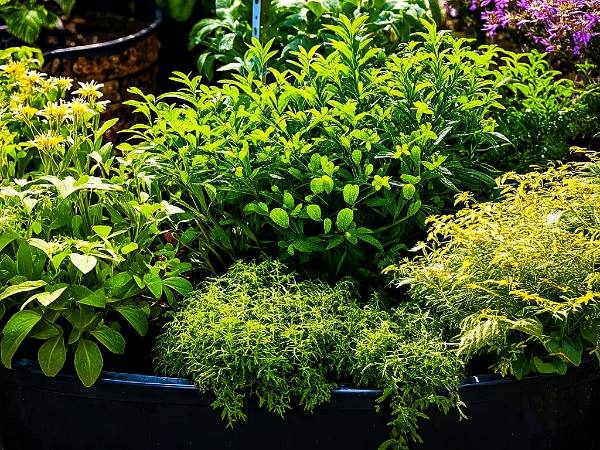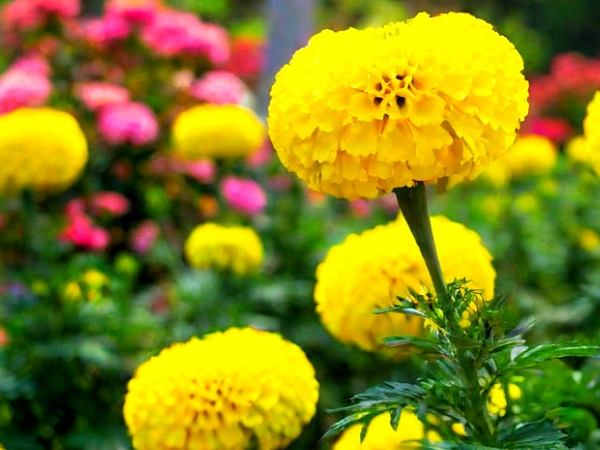This series will explore the principles and practices of regenerative gardening, providing practical tips, real-life examples, and inspiration to transform your garden into a haven for biodiversity and abundance.
As we've discovered in this guide, regenerative gardening is more than just a gardening method; it's a philosophy, a lifestyle, and a powerful tool for healing our dear Earth and enriching our lives.
Today, we face new challenges, such as climate change, food insecurity, and environmental degradation. Regenerative gardening offers a way to address these challenges by creating sustainable food systems, protecting biodiversity, and building resilient communities.
The victory garden movement may have faded into history, but its spirit lives on in the regenerative gardening movement. Today, we face new challenges, such as climate change, food insecurity, and environmental degradation. Regenerative gardening offers a way to address these challenges by creating sustainable food systems, protecting biodiversity, and building resilient communities.
The truth is, regenerative gardening is for everyone. Whether you have a sprawling backyard or a small balcony garden, there are simple steps you can take to start nurturing your soil, attracting beneficial insects, and creating a thriving ecosystem.
Regenerative gardening empowers you to take control of your food supply and reduce your reliance on external sources. By growing your own food, you know exactly where it comes from and how it was grown. This not only ensures that you're consuming fresh, healthy produce but also fosters a sense of self-reliance and resilience.
Tired of battling pests, struggling with poor soil, and feeling disconnected from nature? Imagine a garden that heals the Earth while nourishing your body and soul. That's the power of regenerative gardening.

